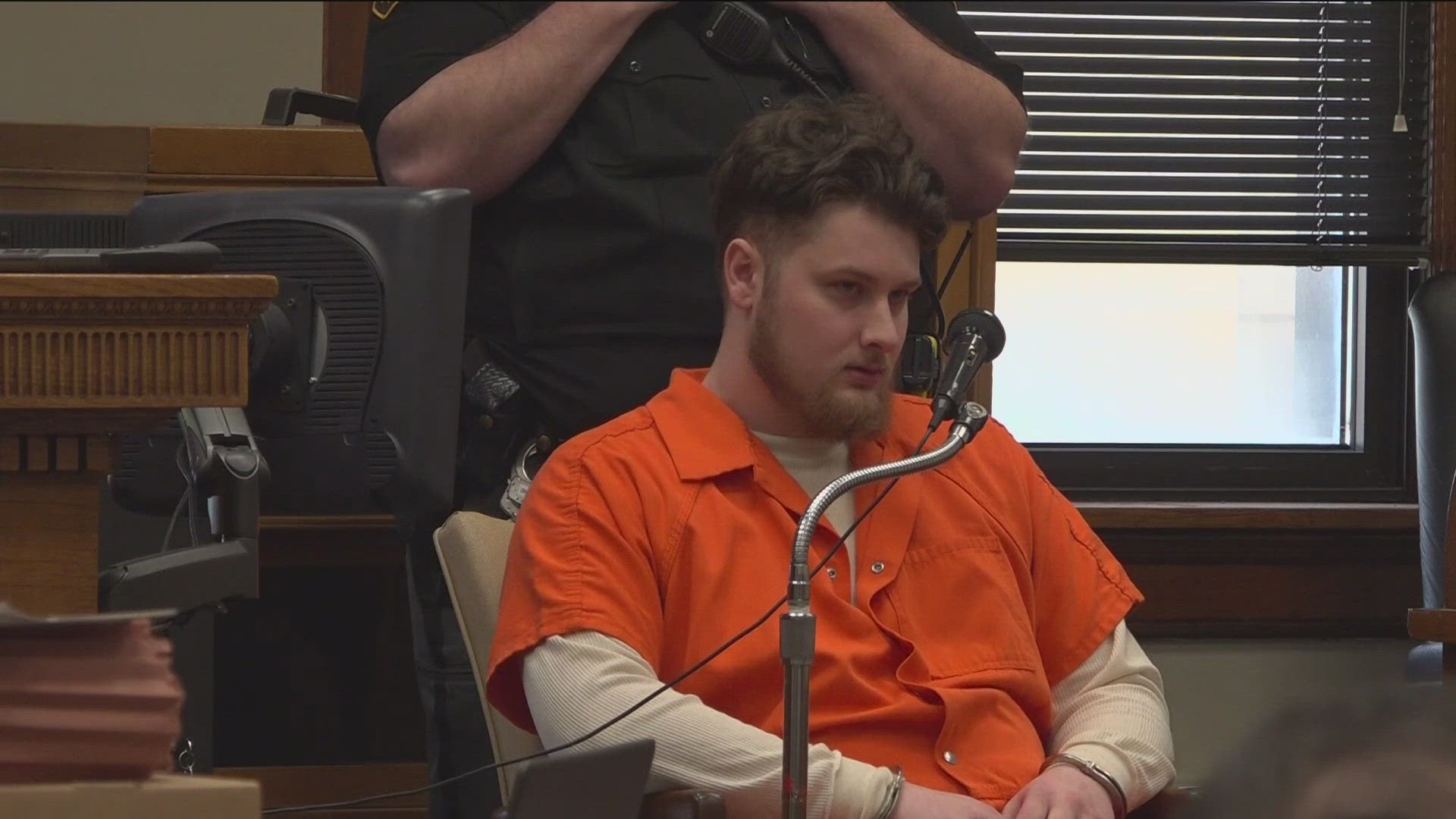BERLIN (AP) _ Nazi Germany tested a crude nuclear device in March 1945, killing hundreds of people in a massive explosion in southeastern Germany, a German researcher claims in a new book published Monday. That the Nazis conducted nuclear experiments has been known for decades, but ``Hitler's Bomb,'' by Berlin academic Rainer Karlsch, suggests they may have been closer to building an atomic weapon for military use than previously believed. No independent corroboration of the claims was immediately available.
``Hitler's bomb, a tactical nuclear weapon with a potential for destruction far below that of the two American atomic bombs was tested successfully several times shortly before the end of the war,'' Karlsch said in the book. What Nazi Germany lacked was enough fissile material such as enriched uranium to make a full-size, functioning nuclear bomb, he said. Other researchers already have theorized that the Nazis conducted crude nuclear experiments, but Karlsch said he has discovered additional evidence, notably in the archives of the former Soviet Union. The book cites postwar witness accounts and Soviet military intelligence reports to back up its theory of a March 3, 1945, experimental nuclear test blast at the Nazis' Ohrdruf military testing area then run as a concentration camp by the Nazi SS but offers no firsthand documentary proof.
Russia's nuclear agency said it was unaware of any such test. ``We do not have information that something of this kind happened,'' said Nikolai Shingaryov a spokesman for Russia's Federal Nuclear Agency. ``Of course we don't know everything, but we don't have data about this.'' In an interview published in Literaturnaya Gazeta in 2002, Russian academic Valentin Belokon described a letter from the presidential archive addressed to Soviet secret police chief Lavrenty Beria on March 30, 1945, that includes a description of the construction of a German atomic bomb intended for transportation on a V-2 rocket. Gerald Holton, a professor of physics and the history of science at Harvard University, said the main scientists in the Nazi atomic bomb program never mentioned a test blast or having built a working nuclear reactor.
Allied intelligence eavesdropped on the scientists including the effort's leader, Walther Gerlach while they were interned at Farm Hall manor in England after the war. Any claims of a Nazi test blast ``would have to have a lot of documentary evidence behind it,'' Holton told The Associated Press. ``It also would have to be checked against the remarks that Gerlach made during his period at Farm Hall ... where none of that sort of planning was discussed by him or anyone else.'' Karlsch, an economist, acknowledged he had no positive proof the Nazis conducted a nuclear test blast, but he hoped his book would provoke more research. Soil samples that Karlsch had analyzed for his book found the presence of radioactive isotopes, he said. The German device probably was a 2-ton cylinder containing enriched uranium, he said. The amount of uranium was so small that the conventional explosives used to trigger the device did not set off a vastly more destructive nuclear chain reaction, he said.
That would mesh with a graphic account Karlsch said he found in Soviet military archives, apparently based on information from a German informant, that the blast felled trees within a radius of about 1,640 feet to 1,968 feet. ``There was no German atomic bomb,'' said Mark Walker, a historian at Union College in Schenectady, N.Y., who also has written on the topic and appeared at Monday's news conference with Karlsch. But ``it was a time a lot of scientists were coming up with all sorts of weapons to try to change the course of the war.'' Witnesses reported a bright flash of light and a column of smoke over the area that day, and residents said they had nausea and nosebleeds for days afterward, Karlsch says. One witness said he helped burn heaps of corpses inside the military area the next day. They were hairless and some had blisters and ``raw, red flesh.'' Karlsch concludes that the blast killed several hundred prisoners of war and Nazi inmates forced to work at the site. Two months later, on May 8, 1945, Nazi Germany surrendered after the Soviets captured Berlin. Ohrdruf, located in the southeastern state of Thuringia, was a Soviet military base after World War II. Karlsch theorized that several other nuclear experiments occurred before the one in Ohrdruf.
The book also seeks to turn attention from famous physicists like Werner Heisenberg and Carl Friedrich von Weizsaecker who historians believe were often ambivalent about building a nuclear bomb for Hitler to lesser-known but fiercely ambitious scientists and Nazi officials who Karlsch theorizes were directly involved in the testing program.

